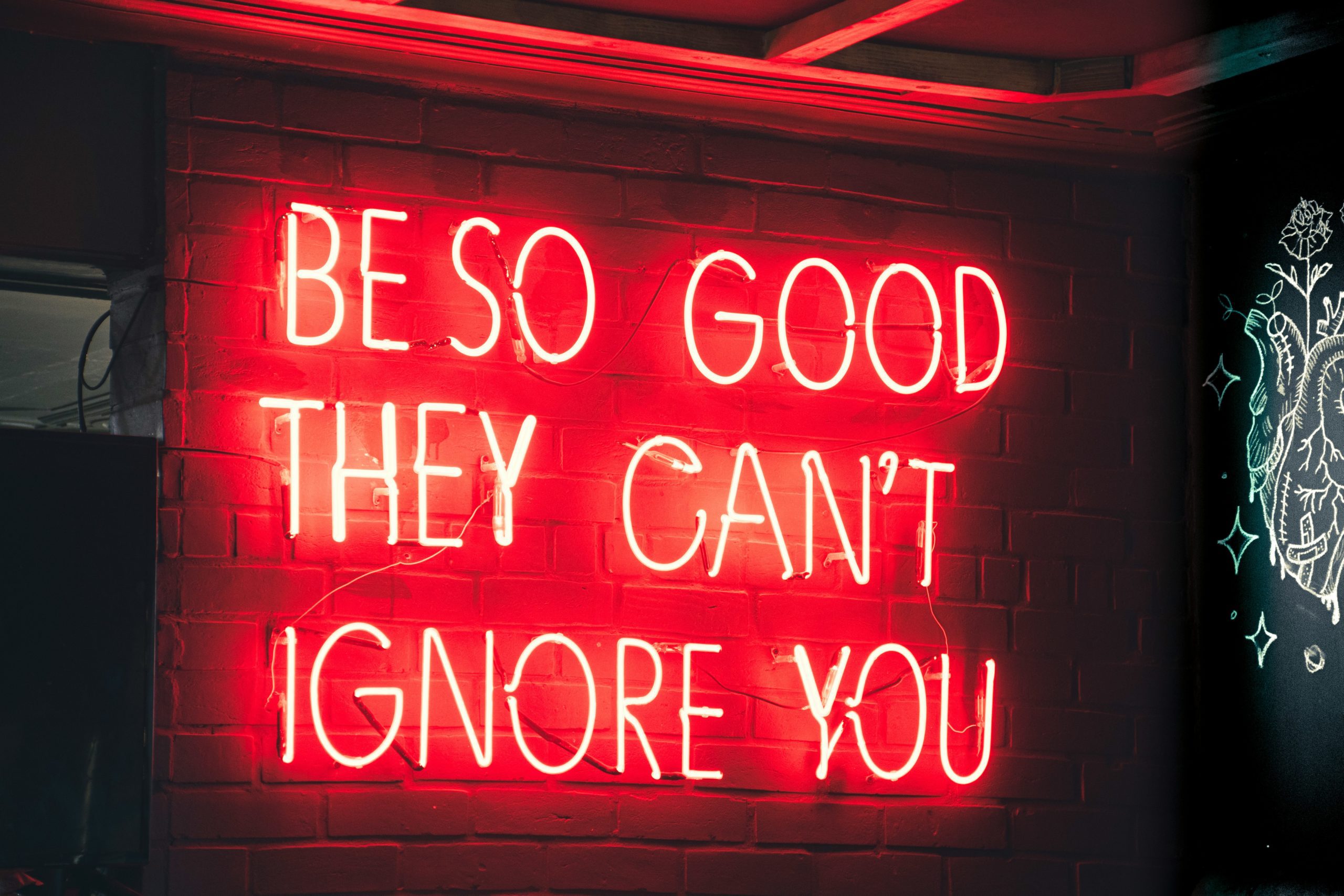
Whether you’re a global managing director, an SME owner, or a freelancer, one of the most important things you can do is boost your client list. We all need clients to survive and want our sales funnel to be at capacity with them emailing and calling in need of our services. That’s the idea, anyway. But getting and retaining clients is one of the hardest things to master, especially for a freelancer. The task is even more daunting if you’re a natural introvert, but these four networking tips will help you.
Feel the fear
So, if you know you need to get out there, what should you do? Well, the answer’s pretty simple, really: You need to put yourself out into the real world and meet real people who can turn into potential clients. Meet real people who can refer you to other real people. And to do that, you need to network at events.
Yep. N-E-T-W-O-R-K-I-N-G.
10 letters and one word that can strike fear into the heart of any freelancer or anyone who enjoys the safety of their fortress of solitude, aka: the home office. The very thought of the strangers, the schmooze, the sales pitch, it all adds up to one thing: The Fear.
“What do I do?” “What do I say?” “How does it work?” “I hate talking about myself”. All these statements – and more – play on our internal monologue. And it isn’t easy – take it from one who knows. But it doesn’t need to be this way.
To network or not work
When I first started going to networking events as a freelance copywriter back in 2015, I had no networking tips and NO CLUE what to do or really what to say. All I really knew was that I needed to sow the seeds and get my name and brand out there. Apart from that, I just swooped in on a wing and a prayer (which, by the way, isn’t a good idea!). I probably didn’t come across very well, but I think I did OK.
Over the next couple of years, I learnt a lot. What to say and do, how to act and generally be as comfortable with myself as I could be in a networking situation. If you’re nervous or just new to the whole networking thing, here are four networking tips I found to be really helpful that may help make events work for you.
Your four networking tips
1). Start small
With so many IRL networking events around these days, it can be a minefield trying to figure out which ones to go to. If you’re new to the networking game or want to avoid huge business shows or conferences with hundreds of people, the best thing to do is start small.
Your first networking tip is to look out for smaller events that may be limited to 20 or 30 people. Though these will have fewer attendees, they’ll give you the chance to have good, quality conversations with a handful of people. And it means you can build your confidence and get used to talking to people.
2). Do your research
Most networking events will have an attendee list available. If you don’t see one, ask the organiser. Make a note of people of interest that you might like to have a conversation with. There might even be a few names you recognise which might help to break the ice.
Also, find out about the actual event: when does it start? Is there a guest speaker? Are there refreshments? Is there a set schedule, or is it a mingling free-for-all? This networking tip will give you more confidence when you walk in.
3). Talk, listen – but don’t sell
Some events will have a 30 or 40-second round to introduce yourself and explain what you do with a well-rehearsed elevator pitch. Mercifully, fewer real networking events have these, and the focus is more on conversation and connection rather than selling and conversion.
So when you start mingling, introduce yourself and share your story, but always ask questions and have an interest in who you’re talking with. There’s really no need for elevator pitches. People like to feel connected, and when they do, trust builds and leads follow. Just be yourself and have a meaningful conversation.
4). The Follow Up
This networking tip might seem like overkill after pushing the narrative of not selling at events. But it’s always essential to follow up with anyone you’ve had conversations with. One of the best ways to do this is to connect with them on LinkedIn. The chances are they’ll accept your invitation – sometimes, they may ask to connect with you first! If you’re making the connection, be sure to send them a personalised connection message by doing this:
- Search on LinkedIn for their profile
- Hit the ‘Connect’ button below their profile info
- Click on ‘Add a note’
You’re limited to a note of just 300 characters here, so keep it brief and to the point and say something like this:
Hi Graeme,
It was great to meet and chat with you at the [event] last night. Your insights on [topic] were really interesting and useful. I’d love to connect here on LinkedIn and keep in touch professionally.
4. Hit ‘Send’
Remember, you don’t need to have LinkedIn Premium (the subscription-based version of LinkedIn that offers additional features and tools) to connect or follow people.
In the meantime, you can check out their website and social channels, and if you like what you see, follow them. See what content they have on those pages (and LinkedIn too) and comment and share. It’s all about connecting and engaging. Most importantly, if you talked about setting up a meeting with a particular contact, then make it a priority to call them and set it up.
Your bonus networking tips
Networking is all about conversations and getting to know people. You might walk into an event thinking you’ll get loads of work, but you might not get anything. It may take 2 or 3 events or more before anything happens at all, but keep engaging and keep connecting. Persevere – it’s all good and worthwhile practice.
People know people who know people. Your name can crop up in a conversation somewhere, and an email will ping into your inbox saying you’ve been referred to them by someone else. And that ‘someone else’ might be someone you met 6 months ago at an event you thought might not be worthwhile. Bet you’re glad you went now!
There’s a ton of networking events going on every day. Just Google ‘networking events [your location]’, and you’ll get a lot of results back. Pick one, pick three, pick five. Go along and experience them. Some might be free, and some you’ll need to pay for (though they’re usually fairly cheap and – hey – it’s tax-deductible!).
Remember, at any networking event, lots of people will be in the same boat as you. But those who are more experienced in networking and the event organisers will be welcoming and interested in what you have to say. So just get out there – it can be a game-changer for your business – and it’s not as scary as you might think.
Start small, do your research, have real conversations, and follow up. Your next client could be just a conversation away.
New to networking? Let me know what you think and if this blog has helped you. And if you think it would help others in the same boat, share it using the buttons below.




